 Abraham Lincoln
If given the truth, the people can be depended upon to meet any national crisis...
Abraham Lincoln
If given the truth, the people can be depended upon to meet any national crisis...
 Guildford news...
for Guildford people, brought to you by Guildford reporters - Guildford's own news service
Guildford news...
for Guildford people, brought to you by Guildford reporters - Guildford's own news service
Birdwatcher’s Diary No.116
Published on: 14 Aug, 2016
Updated on: 18 Aug, 2016
By Malcolm Fincham
After a brief spell of heat, the weather cooled down in mid July. And as the month came to a close, so did our local sighting of swifts.
Although it remained mainly dry and the sun continued to shine (for the most part), the skies over Stoughton became silent to the swifts’ screaming sound.
Having spent the last few weeks conferring with each other with their vocal screeching, then joining together in brief unison high in the sky on the wing in a flock of more than 30 birds, they dispersed from each other to feed up on the high-flying insect supply.
With wind tuning briefly from the north, by July 28, and the tide of summer now starting to turn in the ‘avian’ world, our ‘Surrey swifts’ had already made their minds up: it was time to leave our shores and head back to Africa with their recently fledged young.
Swallows could still be seen feeding their broods, with young often seen sitting on overhead wires as they begged for insects caught by their parents.
Blackbirds and wrens, along with many of our resident songbirds, go mostly silent at this time of year and were now skulking in the foliage of hedgerows, while going through their ‘moult’. Nature selecting the growth of their new feathers after a busy breeding season.
This is especially important to our migrating birds, needing to be in pristine condition for their long flights back to Africa.
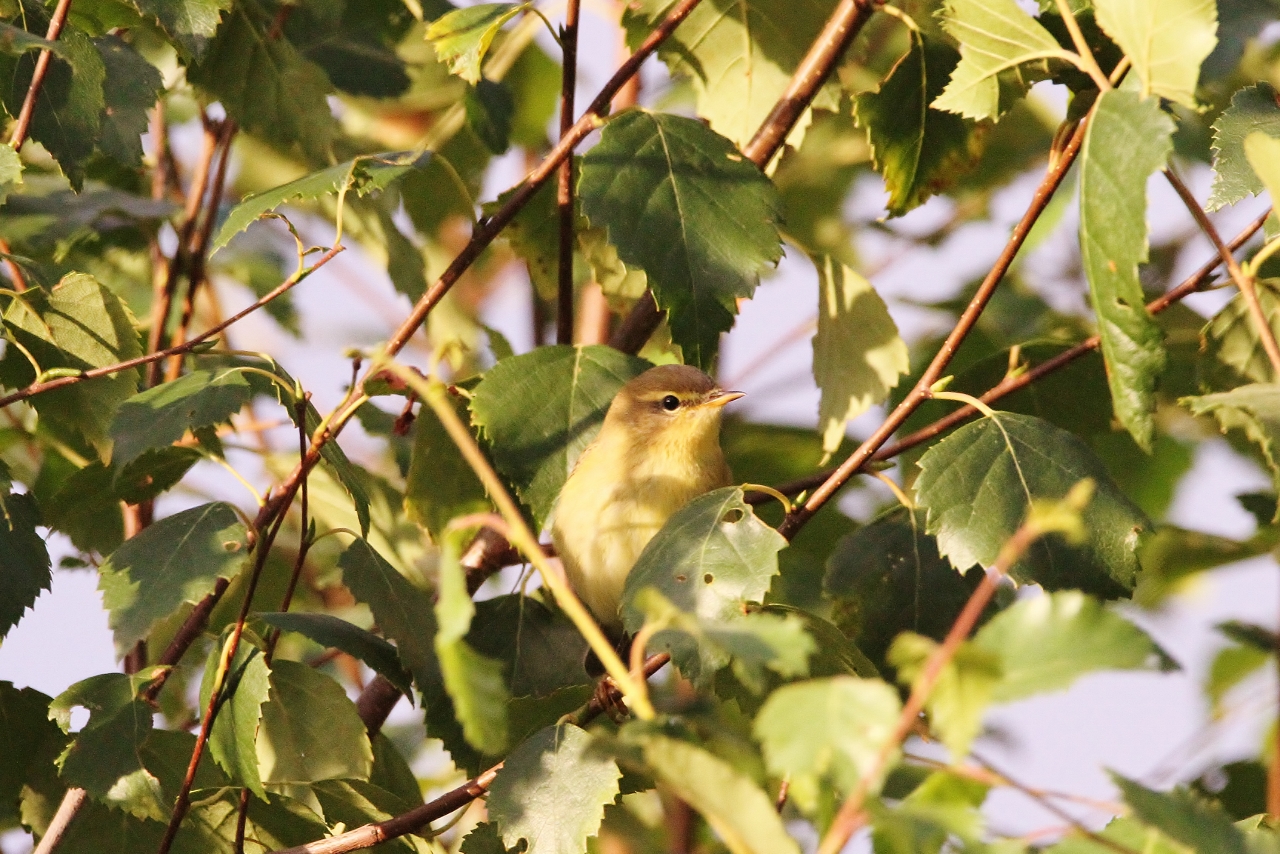
A tiny willow warbler on Whitmoor Common, now in pristine condition for its long flight back to Africa.
Tiny willow warblers, for example, need to be at their best for such a long flight.
Birds of prey seem to always be at the forefront of my avian sightings at this time of the year. For some reason, I continued to have several close encounters with common buzzards in rural areas around the outskirts of Guildford.
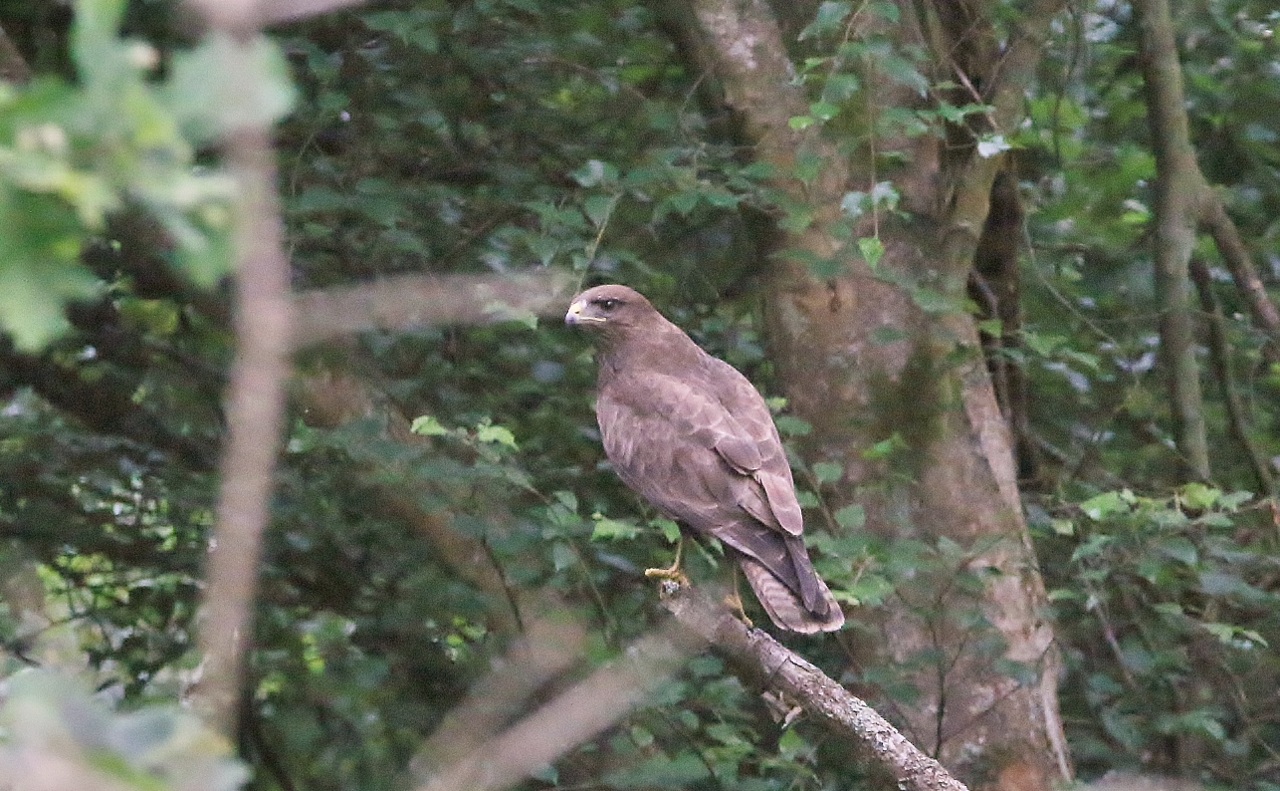
Common buzzard. Despite its impressive size, the buzzard is not a major predator, preferring a diet of carrion and earthworms.
On July 27 I spotted an adult common buzzard in a woodland near Albury.
Common buzzards vary in their plumage, their colours ranging from pale to very dark, like this one.
Their white chest-bib being their most notable feature.
Just a few days later on July 30 I encountered a juvenile common buzzard near Bramley.
Catching it off guard while it was looking away from me, I managed to get quite close to it as it perched in a dead tree. Getting what I felt were some decent pictures if it, I noticed it had a green ring tag on its left leg.
Making contact with Surrey Bird Club, I learned it had been ringed at its nearby nest site on June 13 by ‘Jeremy’- one of its ‘qualified’ ringers.
On August 2 I was also able to get a few pictures of what appeared to be the one remaining juvenile peregrine at its nest site, deep in the Surrey Hills.
Having plucked a good number of the local pigeon population, it still hadn’t ‘plucked’ up the courage to fledge with its siblings.
I also managed to a few photograph another type of falcon – a female kestrel as it perched on a wire, looking out for a small mammal to catch, on Whitmoor Common, Worplesdon.
Heathlands have to be my favourite places to walk at this time of year and Whitmoor is an ideal spot for a short evening stroll. A few evening trips there included admiring the ripening berries of the rowan trees as they reflected their bright colour in the evening sunlight.
Most common sightings there at this time of the year are flocks of up to 20 or more linnets.
They are often seen in the tall silver birches, making their ‘metallic’ call.
Green woodpeckers can often be heard making their ‘yaffle’ call.
Also great spotted woodpeckers.
And, if fortunate, even a fleeting glance of a Dartford warbler.
Not forgetting, some inspiring sunsets.
Other notable sightings over the past few weeks included:
A common sandpiper on the ‘flooded scrape’ near Stoke Lock on August 3.
An old fox I inadvertently disturbed from its sleep.
And black swans with cygnets on a lake near Blackheath.
Butterfly sightings over the past week or so included, on Pewley Down:
Abundant chalkhill blues.
Small heath butterfly.
A few common blue butterflies.
And a holly blue.
And this year plenty of six-spot burnets (a daytime moth species).
While scanning the canopy of an oak tree near a car park in White Lane by Merrow Downs, I spotted what I believe to be were several purple hairstreak butterflies, as they buzzed around its leaves in its canopy.
Unfortunately never coming down close enough for me to get a decent photo.
More common butterfly I photographed included:
Comma.
Peacock butterfly.
Speckled wood.
As well as a few brimstone butterflies, now out on a second brood.
My most treasured moments of the last few weeks, however, had to be re-sighting the kingfishers I featured in a previous report.
On August 4, I was delighted to catch sight of the family of kingfishers I had spotted back in June. This was on a quiet backwater near the source of a tributary stream that leads down to the River Wey.
At a glance, both adult and young kingfishers look pretty much the same, but on closer inspection, especially when the two are seen together, it can be noticed that the adult has brighter red legs and chest.
Adult females can be seen to have an orange lower mandible, while the male’s beak is totally black.
The lower mandible is the scientific name for a bird’s lower beak or bill. The lower mandible can move independently because it’s hinged. It can move up and down, just like a human jaw.
Young can be seen to have a white tip to their beaks.
Kingfishers travel at lightning speeds, catch several fish each day, raise up to three broods every season and fiercely defend their territory at all times.
The design of a kingfisher’s beak is aerodynamically efficient, allowing it to dive from its perch towards its prey with maximum speed and minimum splash. In fact, the beak design is so clever that the front of many Japanese bullet trains are modelled to mimic it.
The ‘King of Fishers’ is usually glimpsed as a sudden flash of glistening blue. This colourful bird is a splendid sight, bathing in sunlight on a waterside perch. Even dedicated birdspotters can fail to catch sight of it until it takes flight, so once again, I felt very privileged to be blessed by such wondrous views.
Responses to Birdwatcher’s Diary No.116
Leave a Comment Cancel replyPlease see our comments policy. All comments are moderated and may take time to appear. Full names, or at least initial and surname, must be given.
Recent Articles
- Burglar Jailed Thanks To Quick Action of Ash Resident
- Highways Bulletin for December
- Birdwatcher’s Diary No.318 Some Pre-Christmas Rambles
- Merry Christmas and a Happy New Year to All Our Contributors and Readers!
- More Units Added to Solums’s Station Redevelopment
- Vehicle Stop on Epsom Road Leads to Prolific Drug Gang Being Put Behind Bars
- Local Political Leaders Respond to Publication of the English Devolution White Paper
- Flashback: Guildford All Lit Up For Christmas – Then And Now
- City Earn Themselves a Three Point Christmas Present
- Mayor’s Diary: December 23 – January 4


Recent Comments
- Jim Allen on Two Unitary Authorities, One Elected Mayor – Most Likely Devolution Outcome for Surrey
- Mike Smith on Two Unitary Authorities, One Elected Mayor – Most Likely Devolution Outcome for Surrey
- Angela Richardson on Two Unitary Authorities, One Elected Mayor – Most Likely Devolution Outcome for Surrey
- Frank Emery on Two Unitary Authorities, One Elected Mayor – Most Likely Devolution Outcome for Surrey
- Paul Kennedy on Two Unitary Authorities, One Elected Mayor – Most Likely Devolution Outcome for Surrey
- Alan Judge on Dumped E-bike Provokes Questions
Search in Site
Media Gallery
Dragon Interview: Local Artist Leaves Her Mark At One of England’s Most Historic Buildings
January 21, 2023 / No Comment / Read MoreDragon Interview: Lib Dem Planning Chair: ‘Current Policy Doesn’t Work for Local People’
January 19, 2023 / No Comment / Read MoreA3 Tunnel in Guildford ‘Necessary’ for New Homes, Says Guildford’s MP
January 10, 2023 / No Comment / Read More‘Madness’ for London Road Scheme to Go Ahead Against ‘Huge Opposition’, Says SCC Leader
January 6, 2023 / No Comment / Read MoreCouncillor’s Son Starts Campaign for More Consultation on North Street Plan
December 30, 2022 / No Comment / Read MoreCounty Council Climbs Down Over London Road Works – Further ‘Engagement’ Period Announced
December 14, 2022 / No Comment / Read MoreDragon Interview: GBC Reaction to the Government’s Expected Decision to Relax Housing Targets
December 7, 2022 / No Comment / Read MoreHow Can Our Town Centre Businesses Recover? Watch the Shop Front Debate
May 18, 2020 / No Comment / Read More



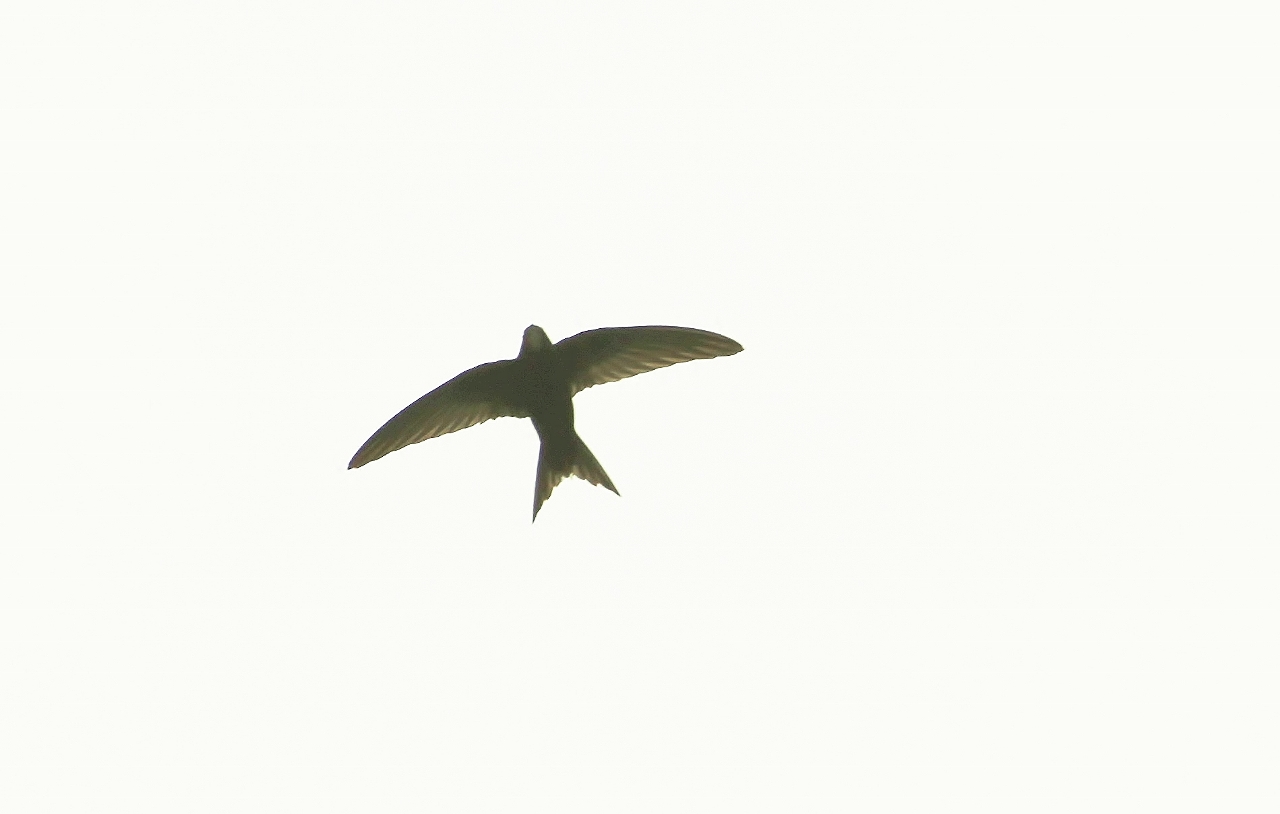

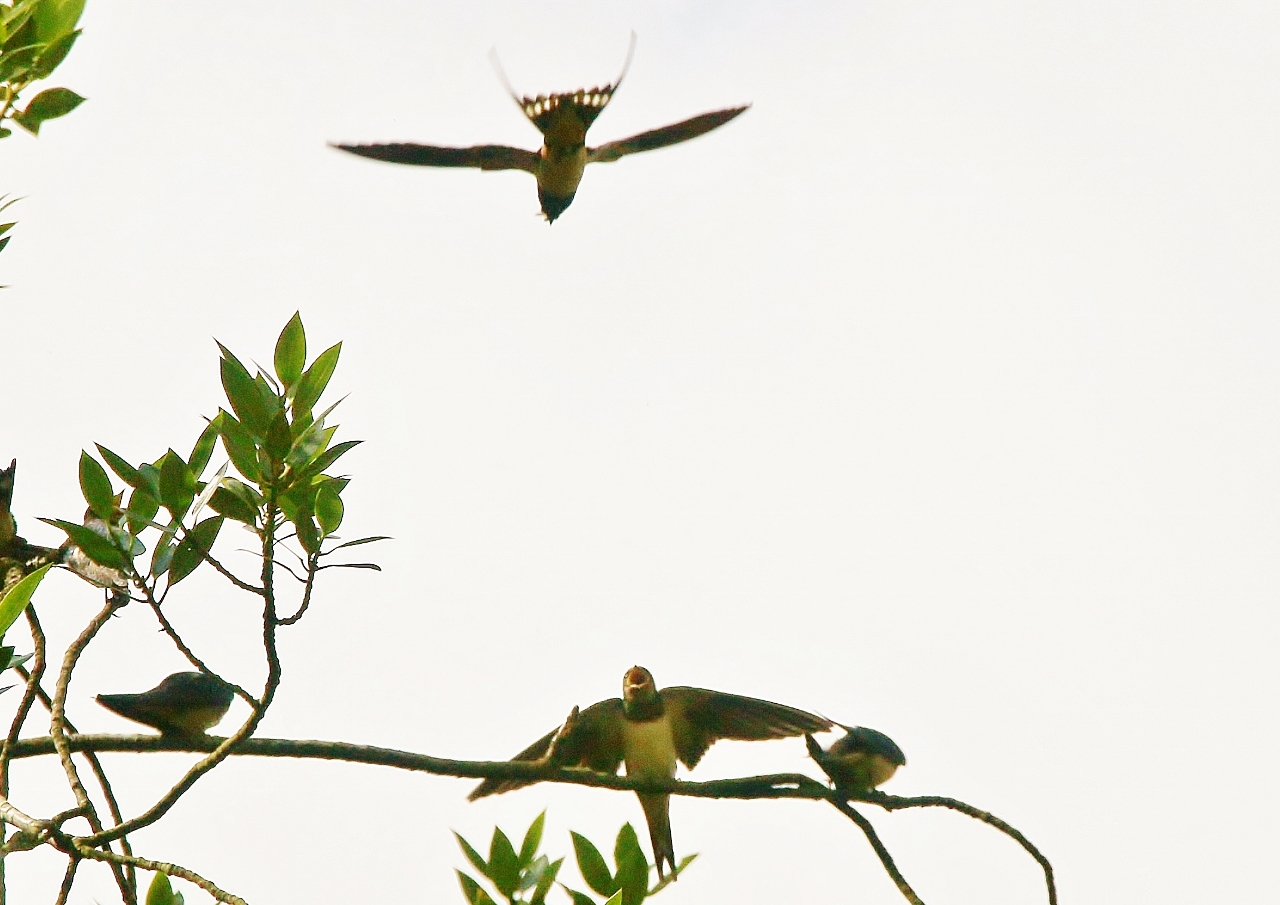
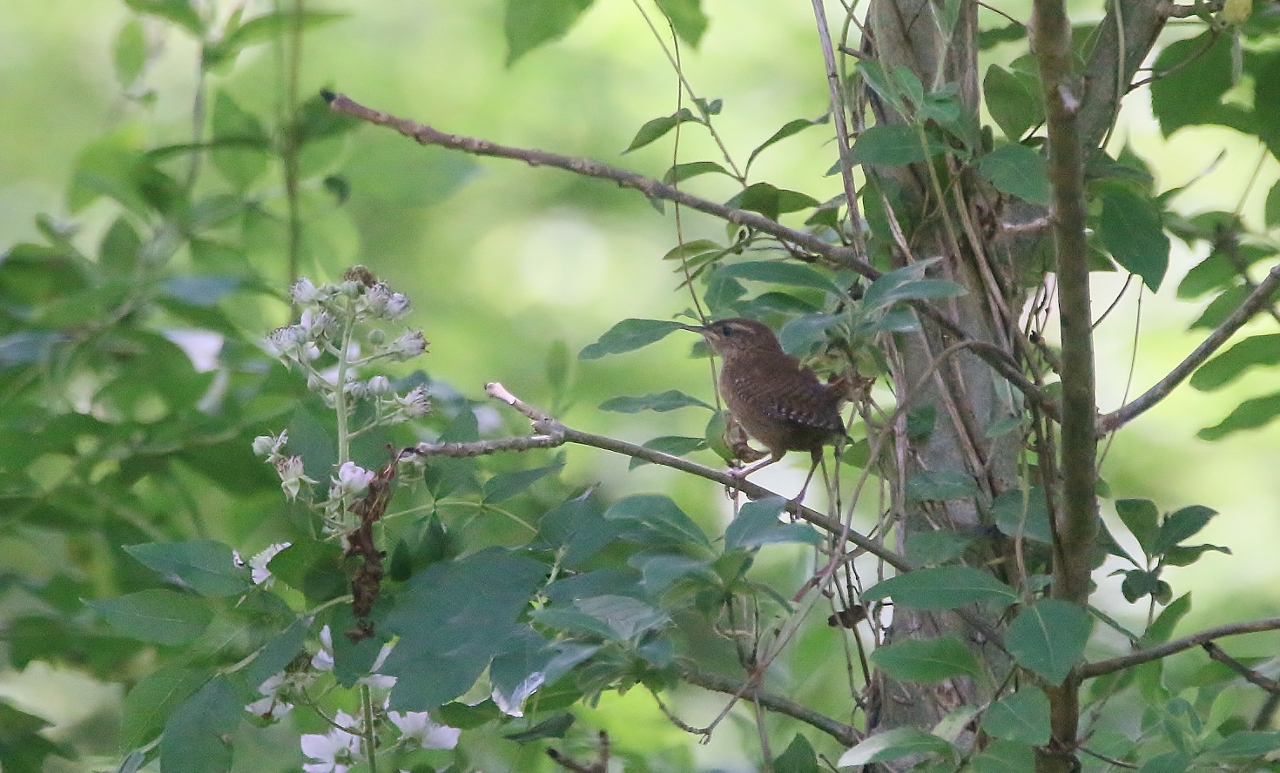

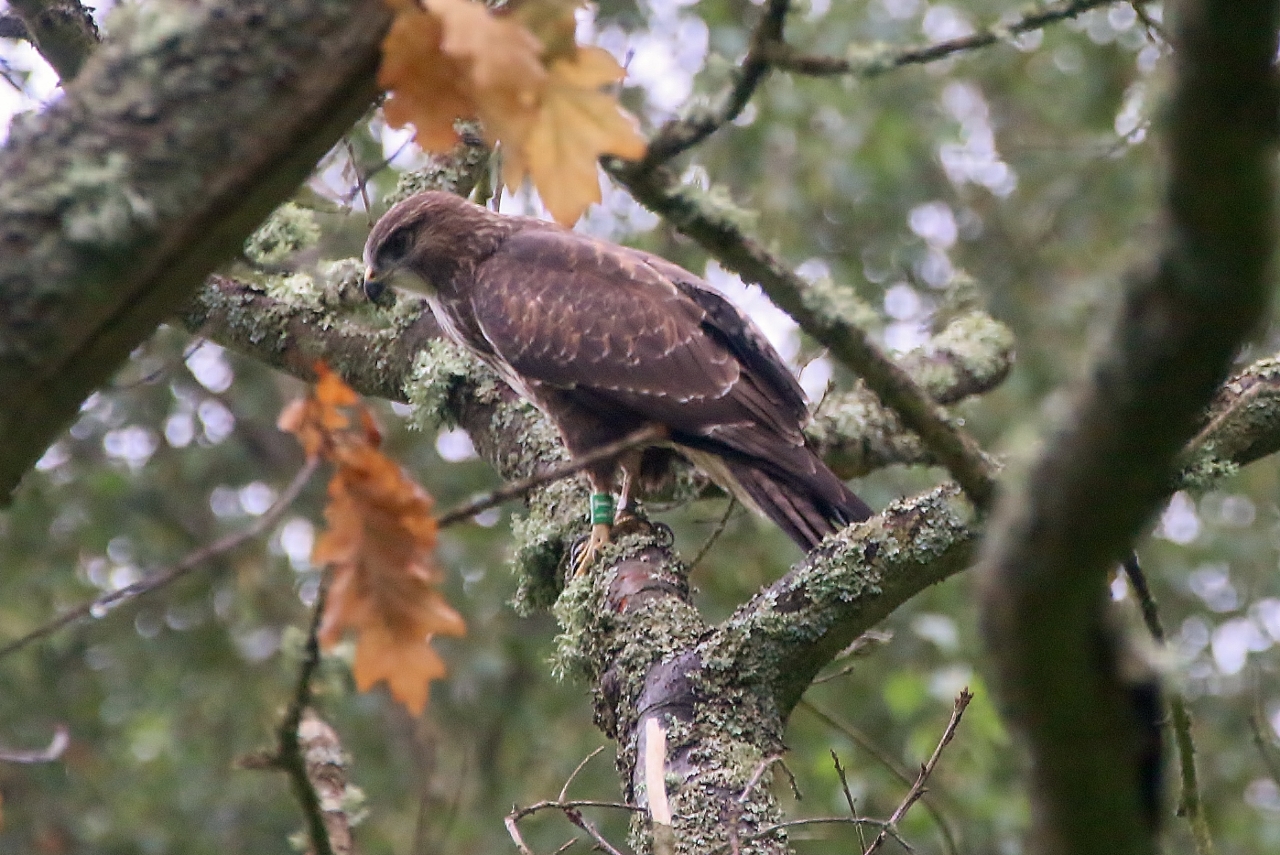
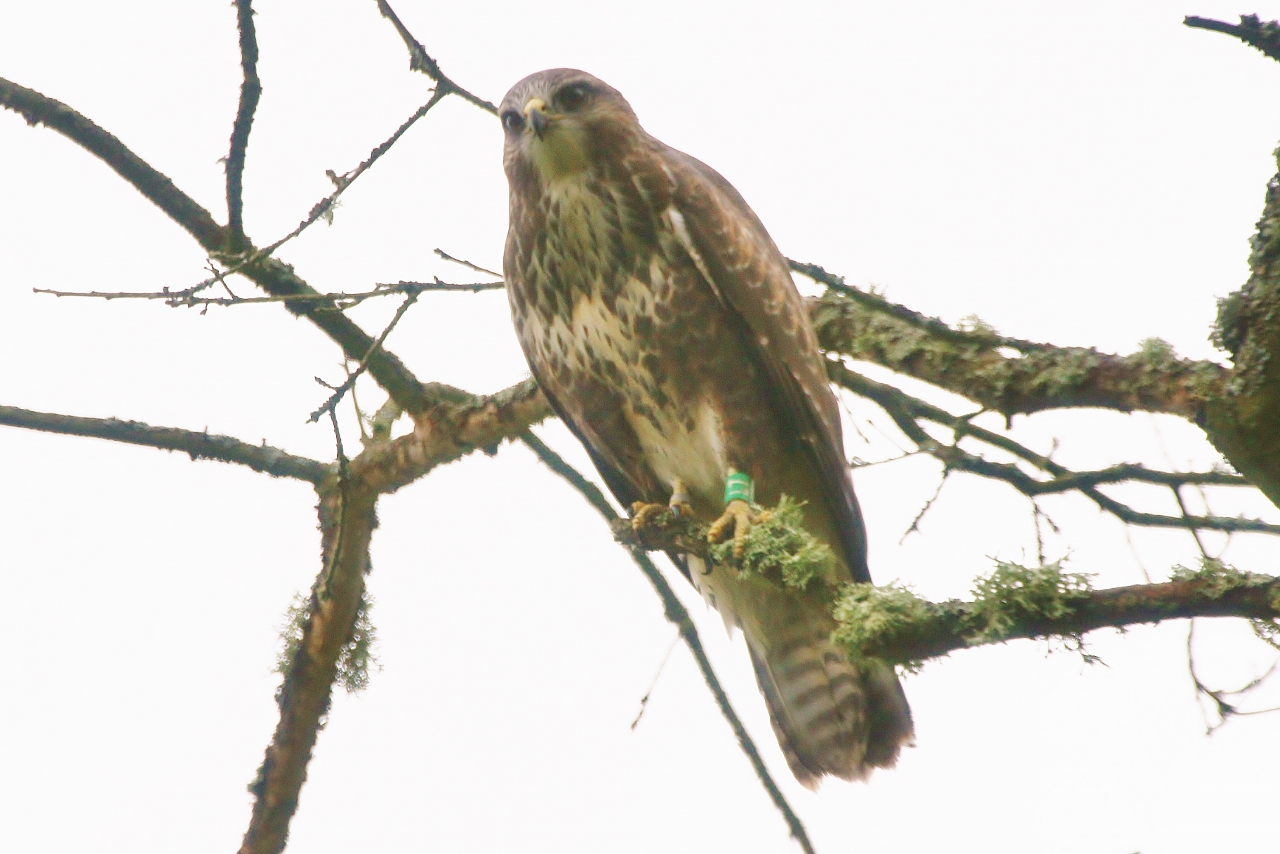

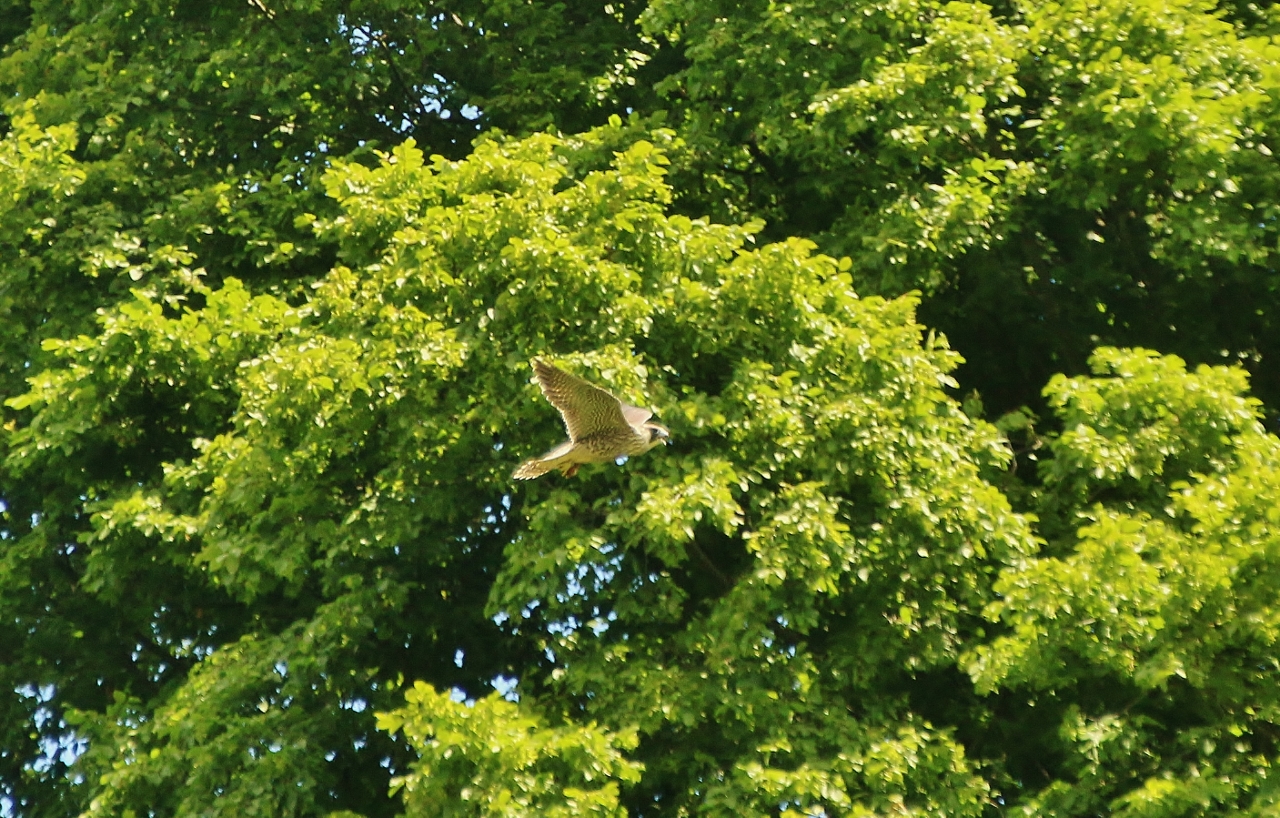

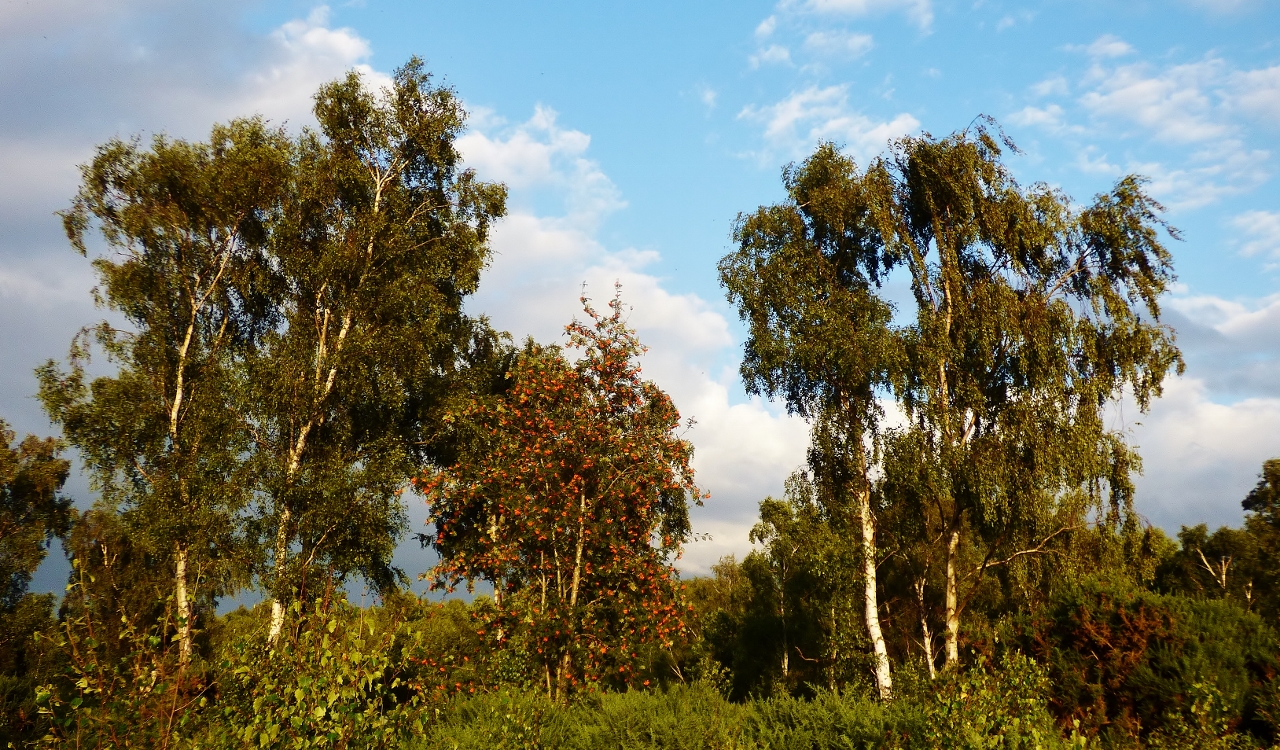

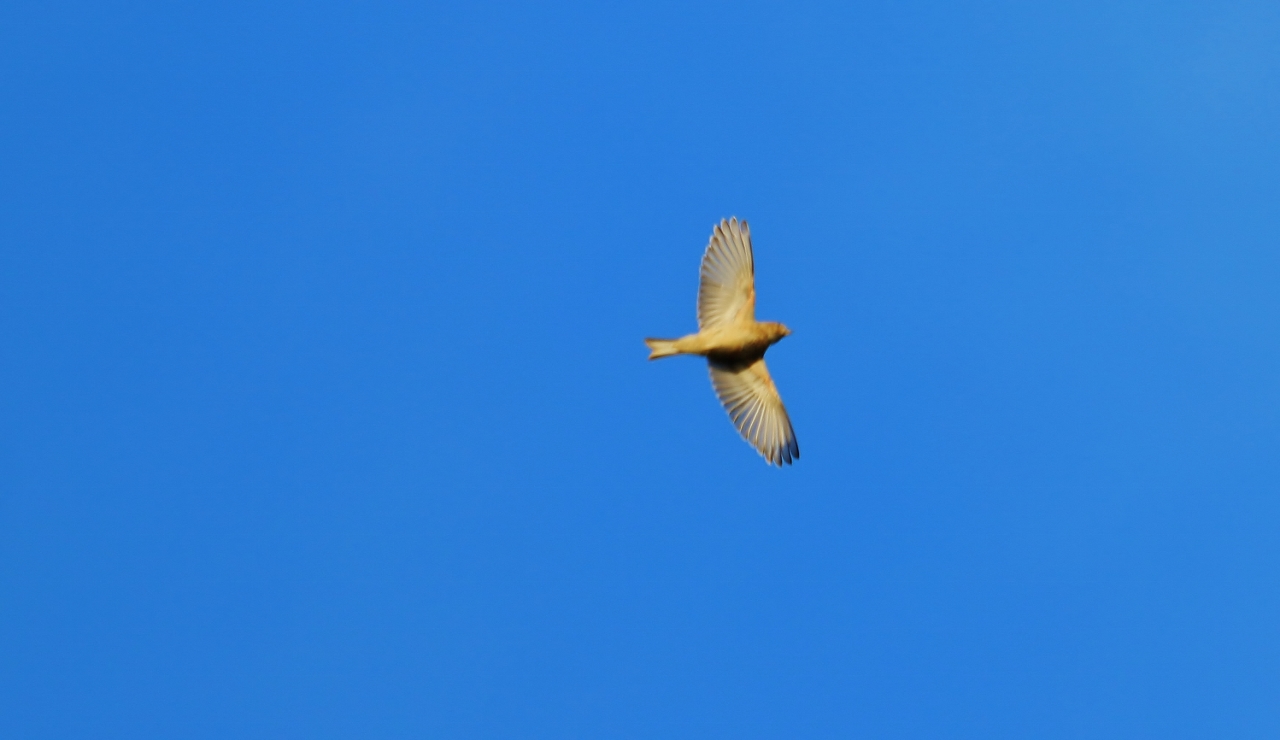
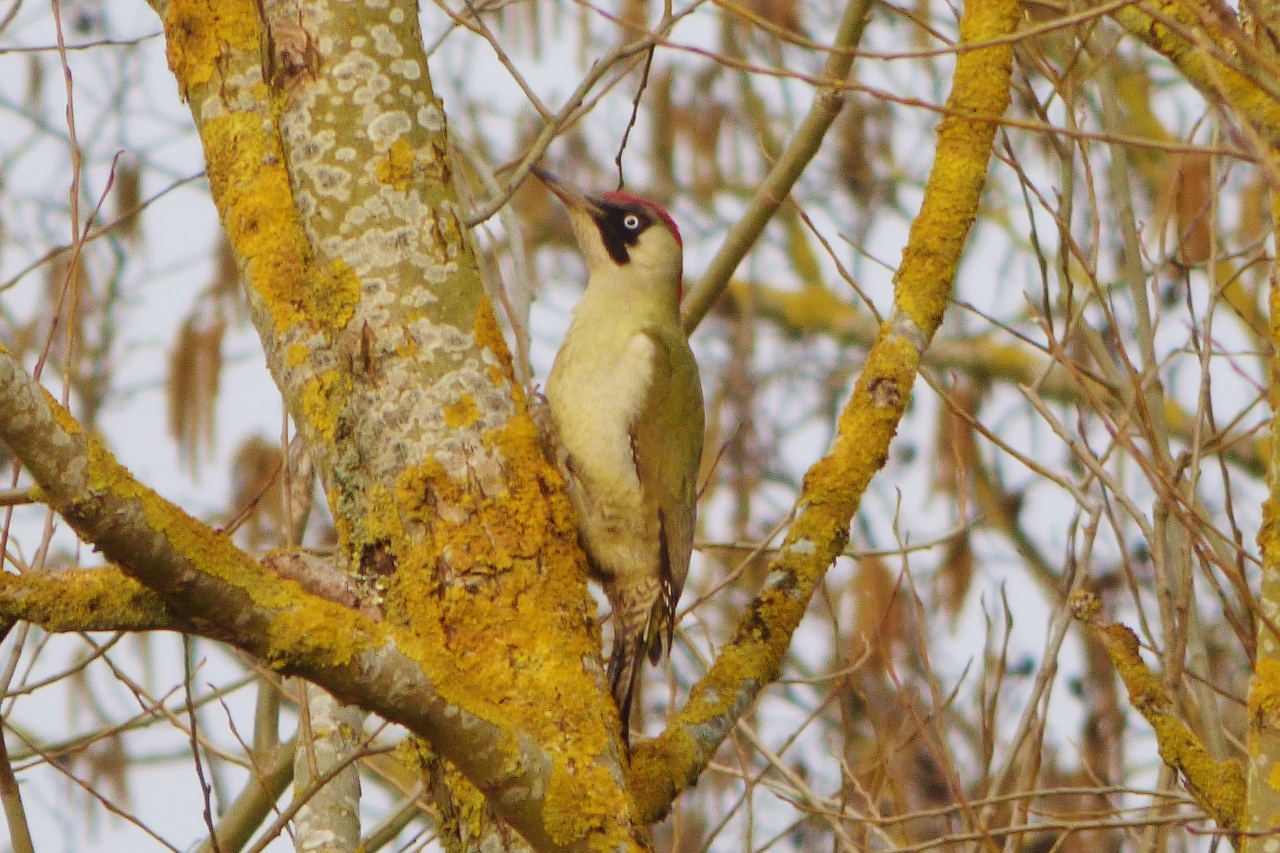
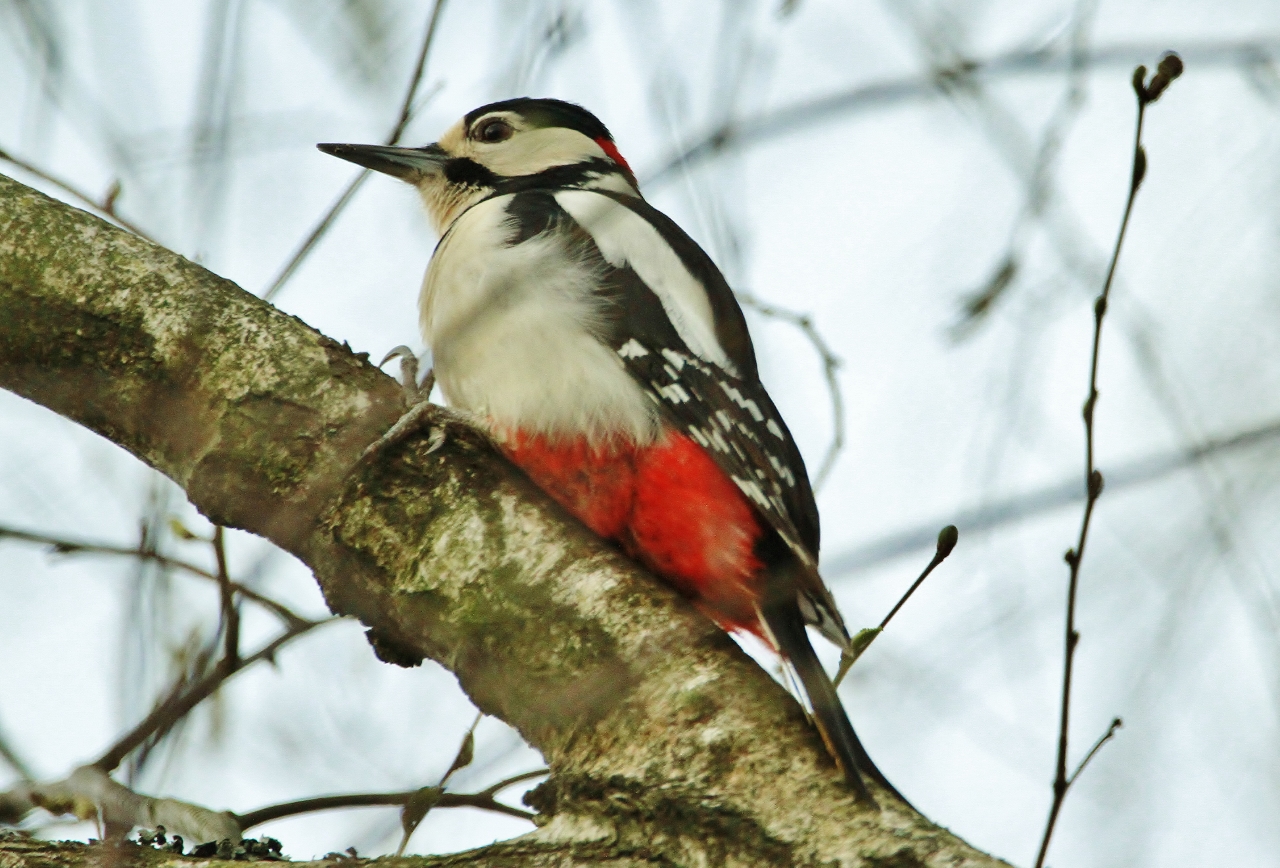
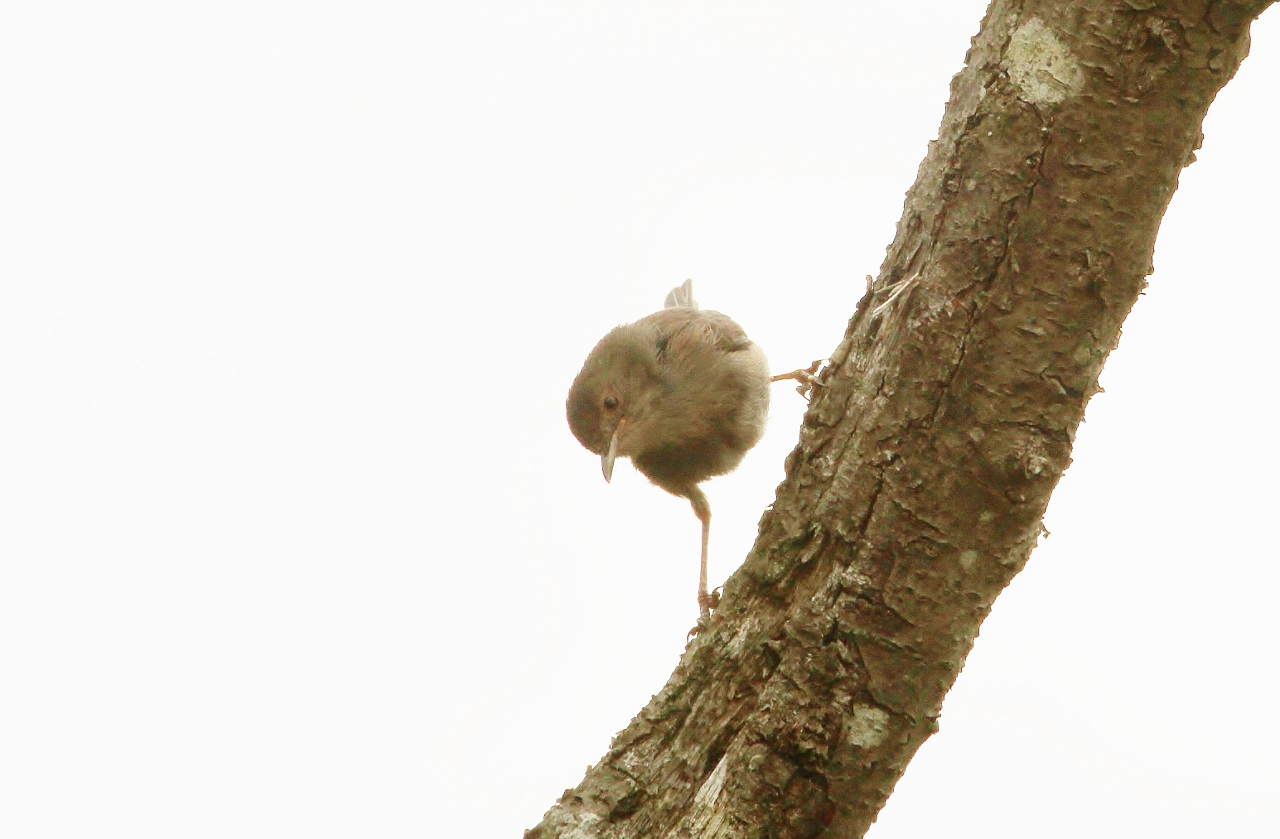
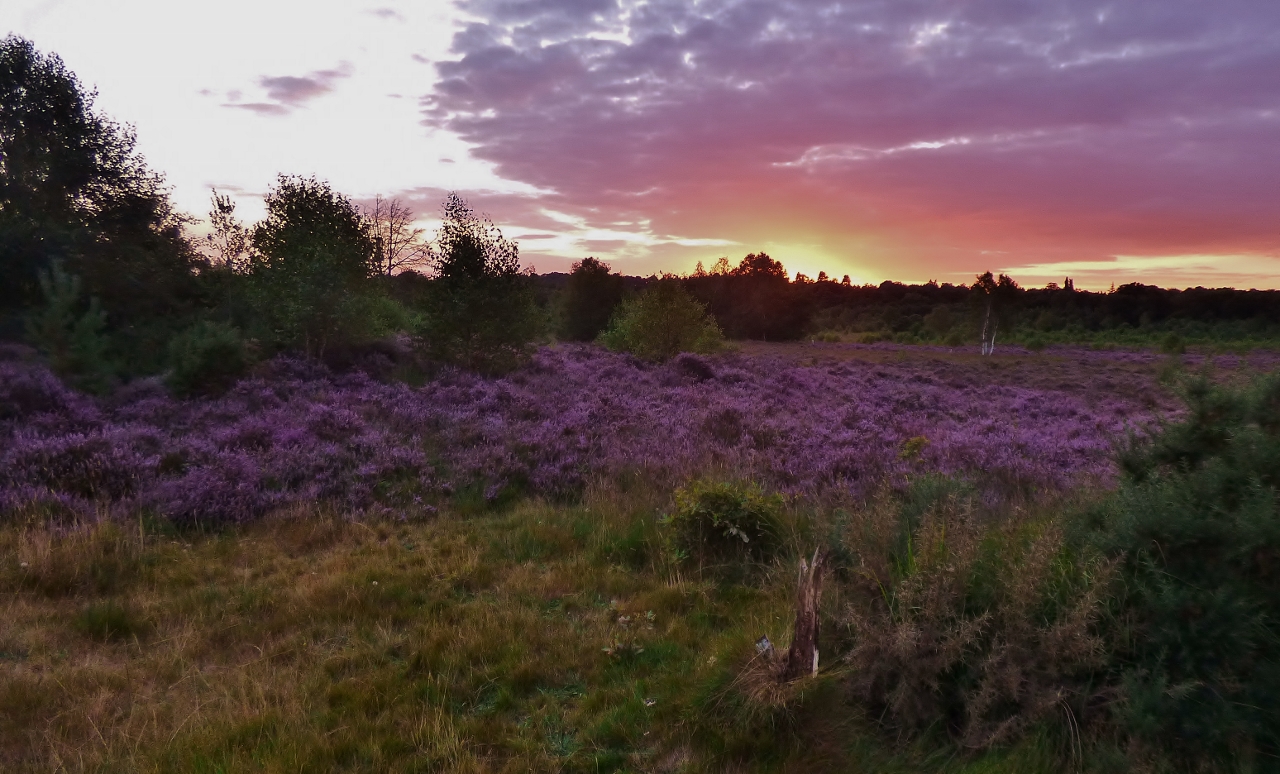


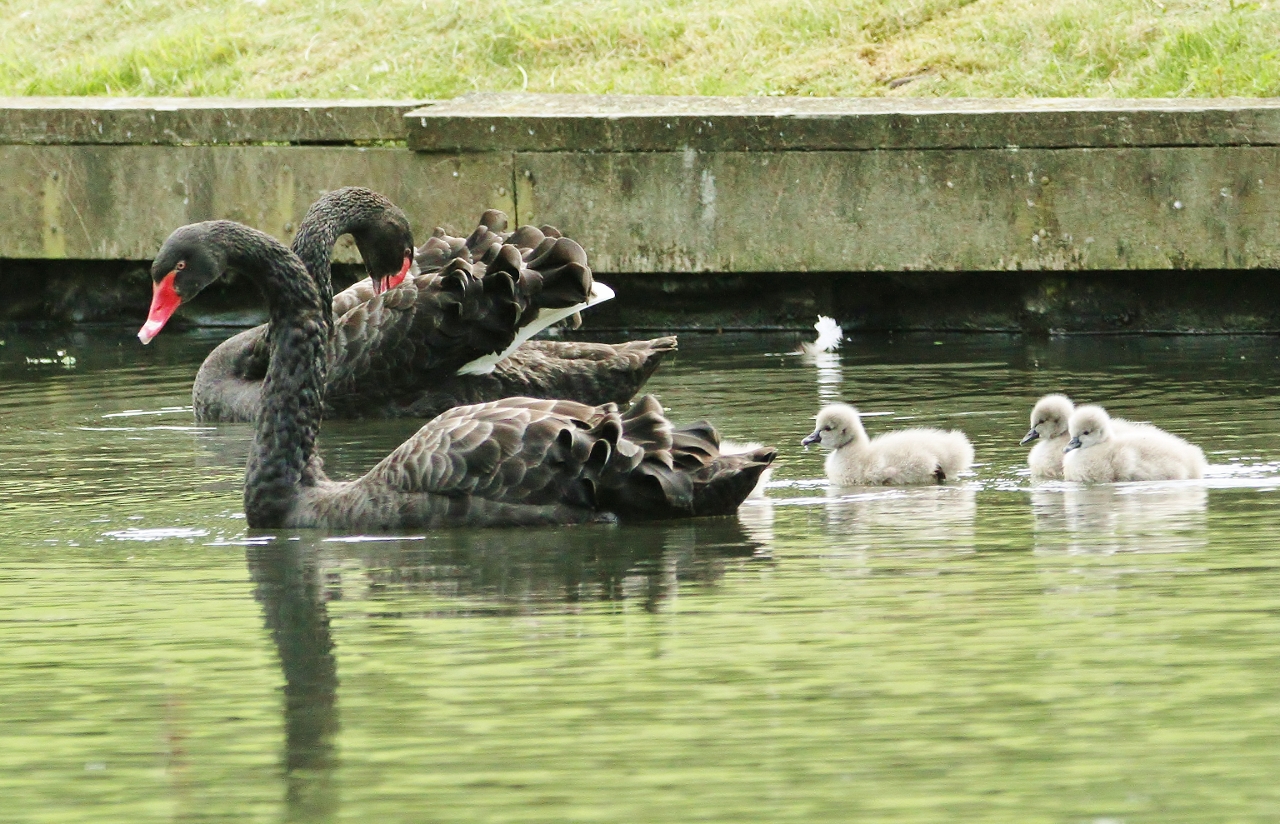
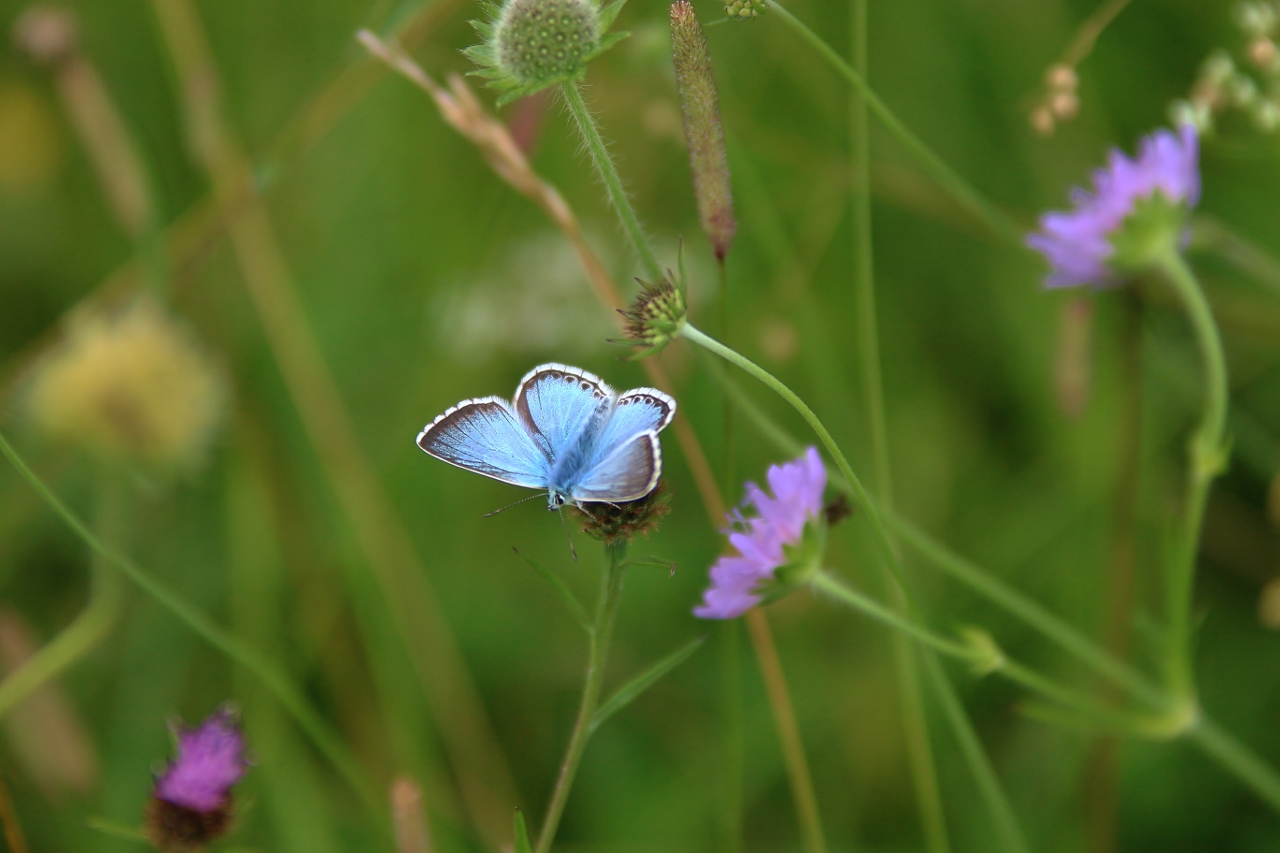
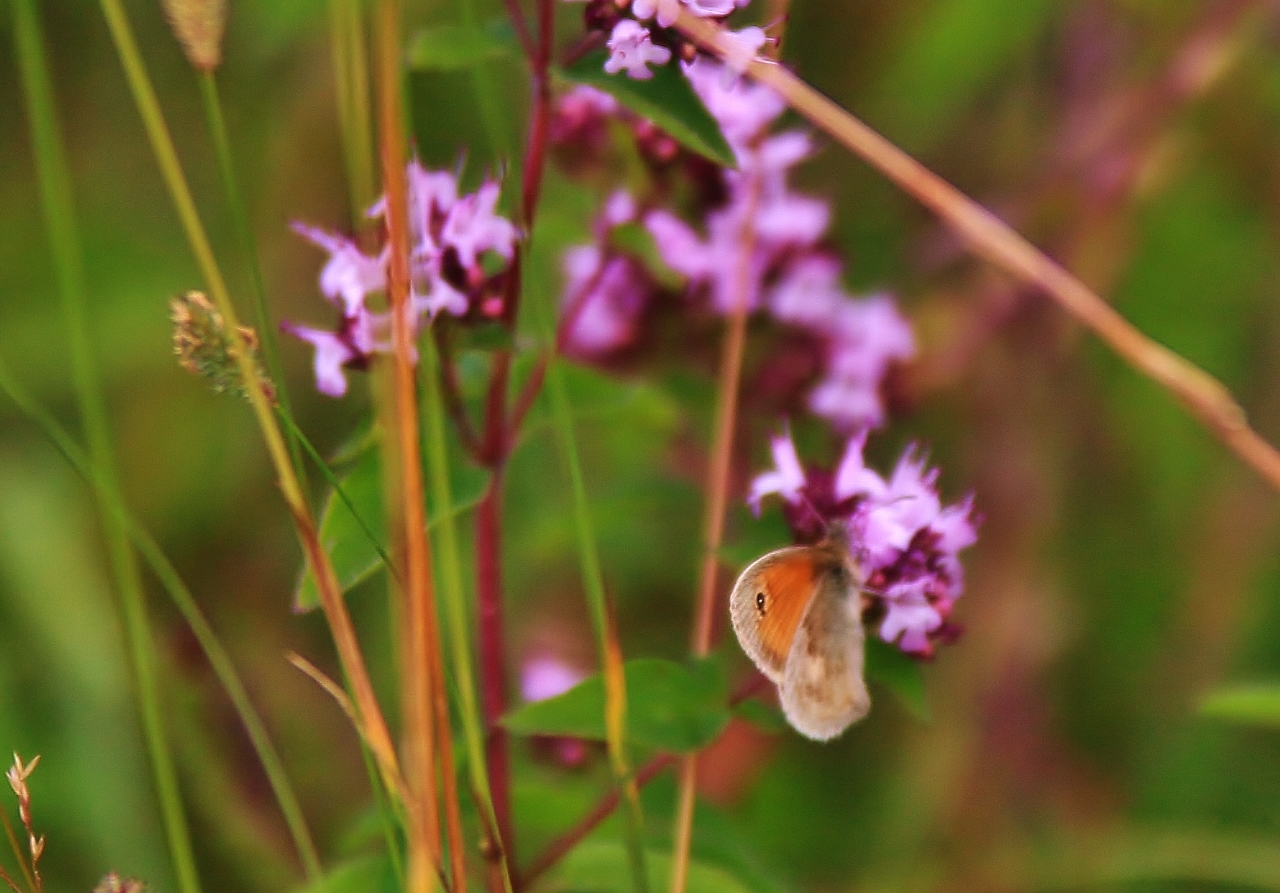
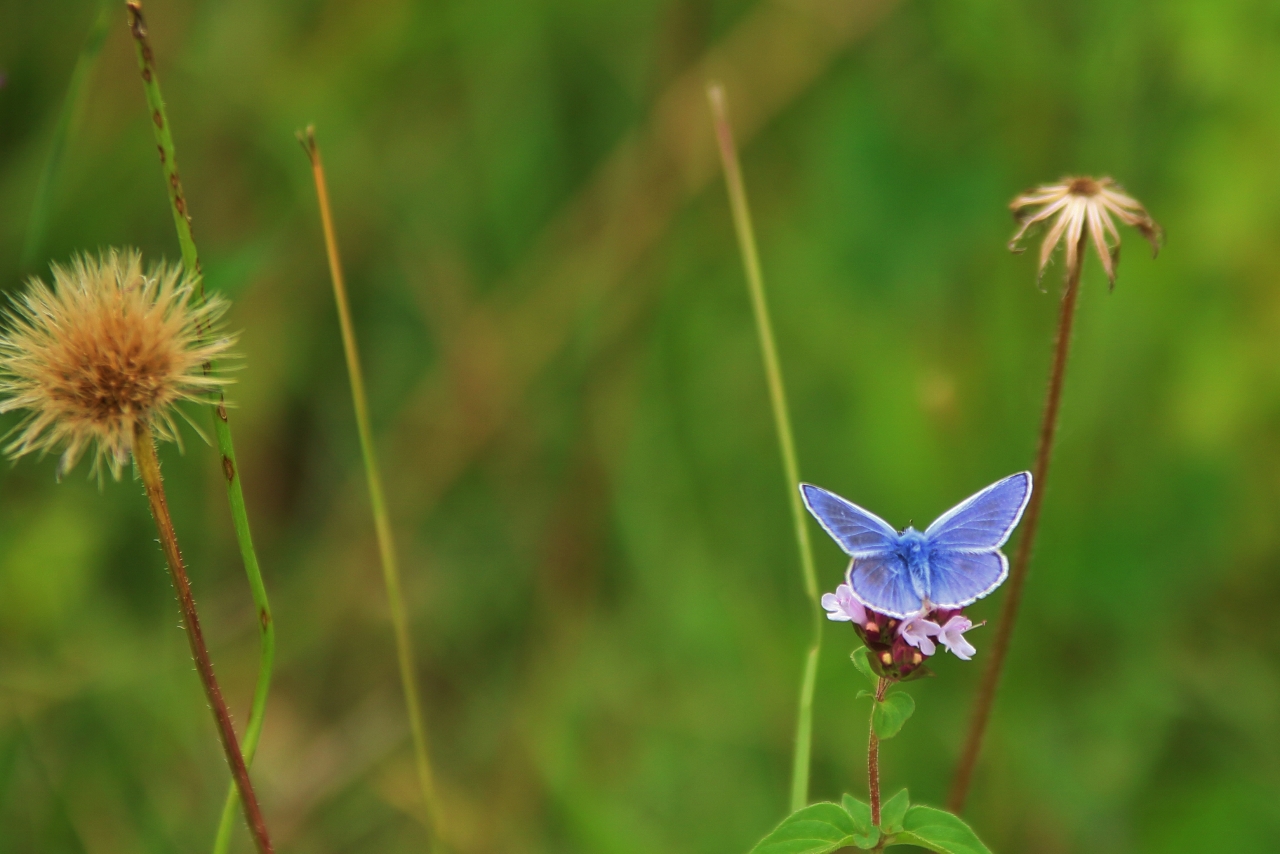

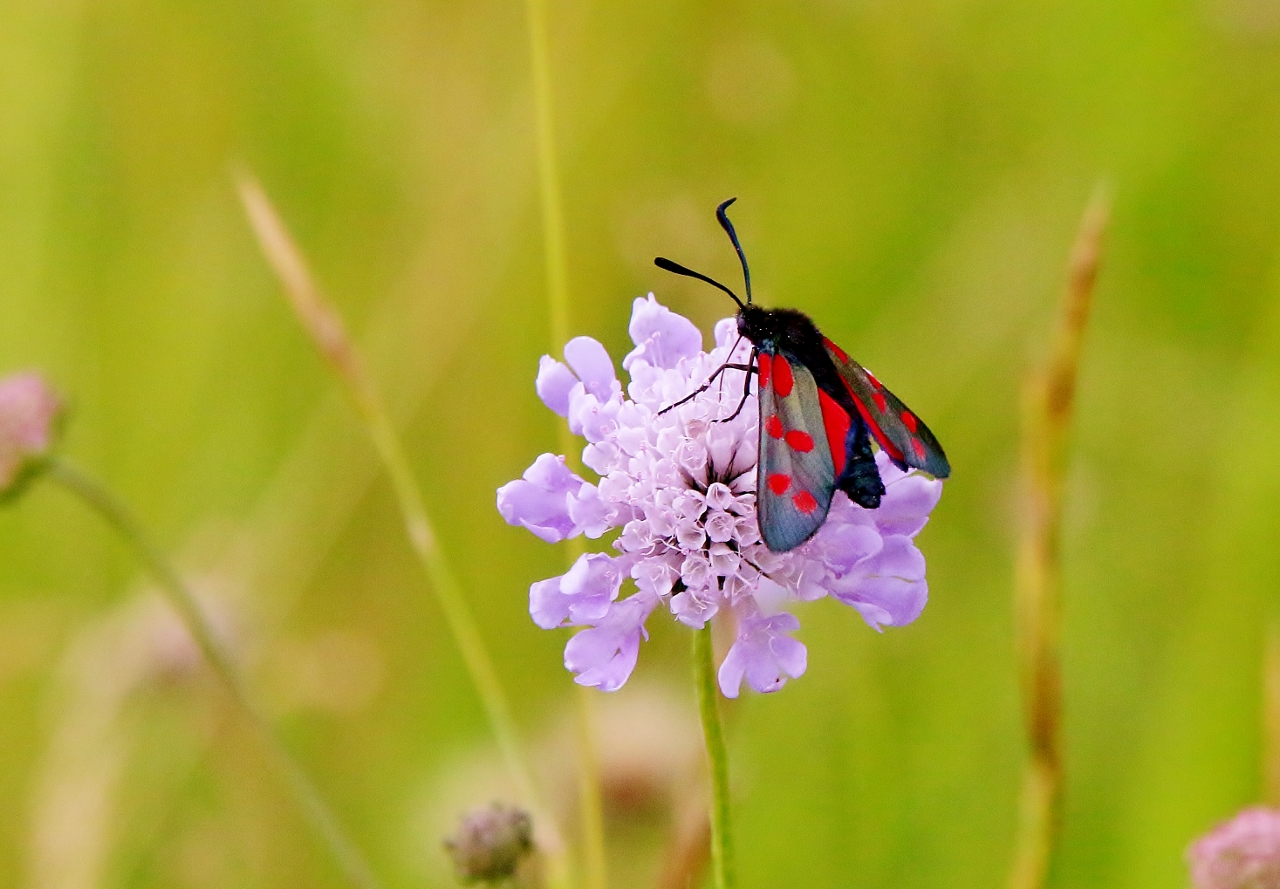
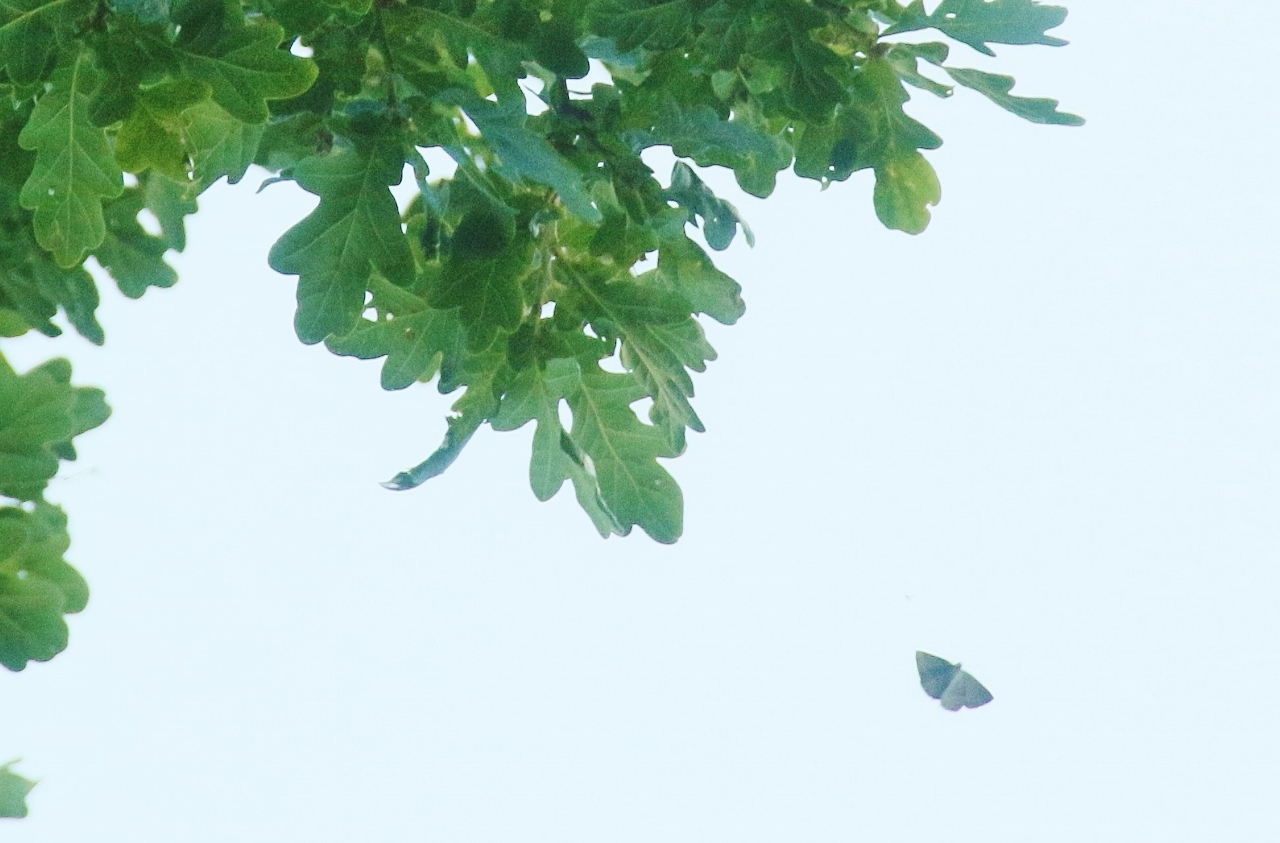
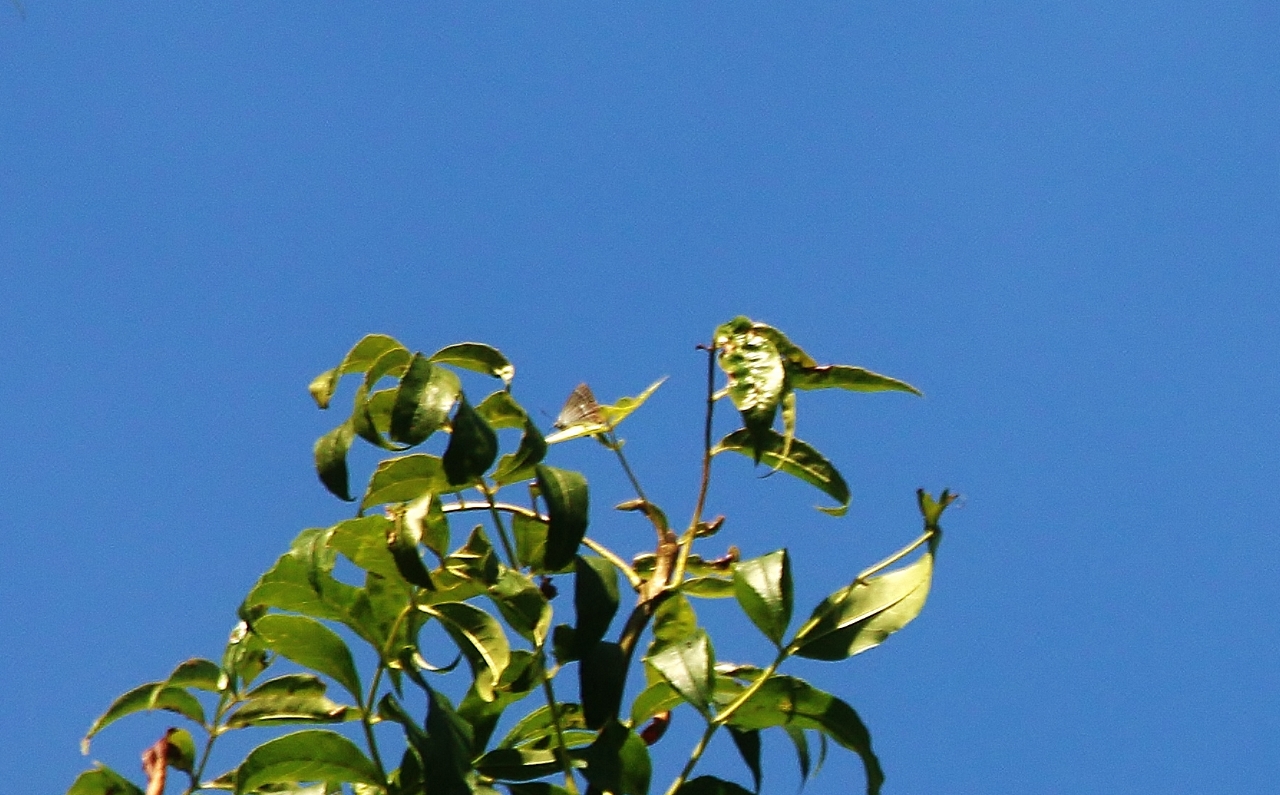
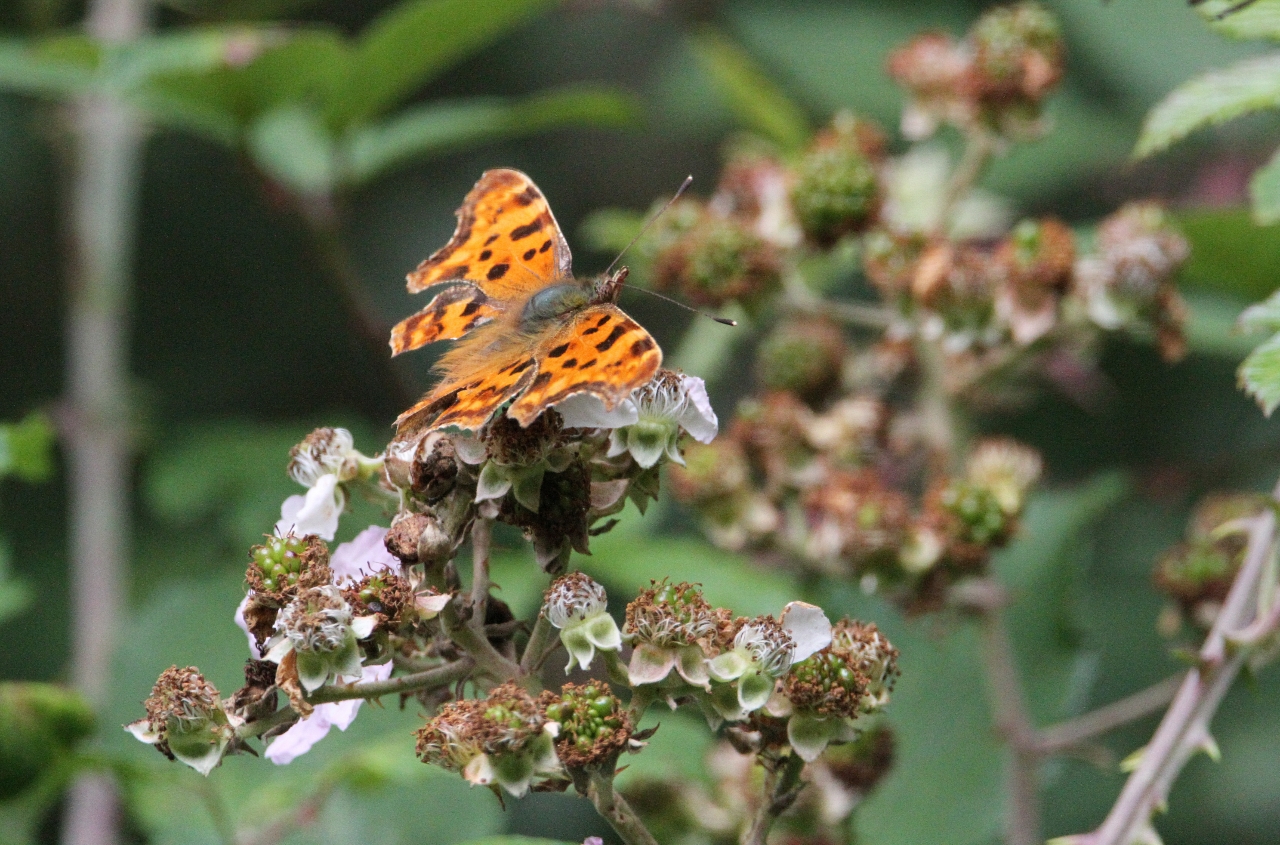

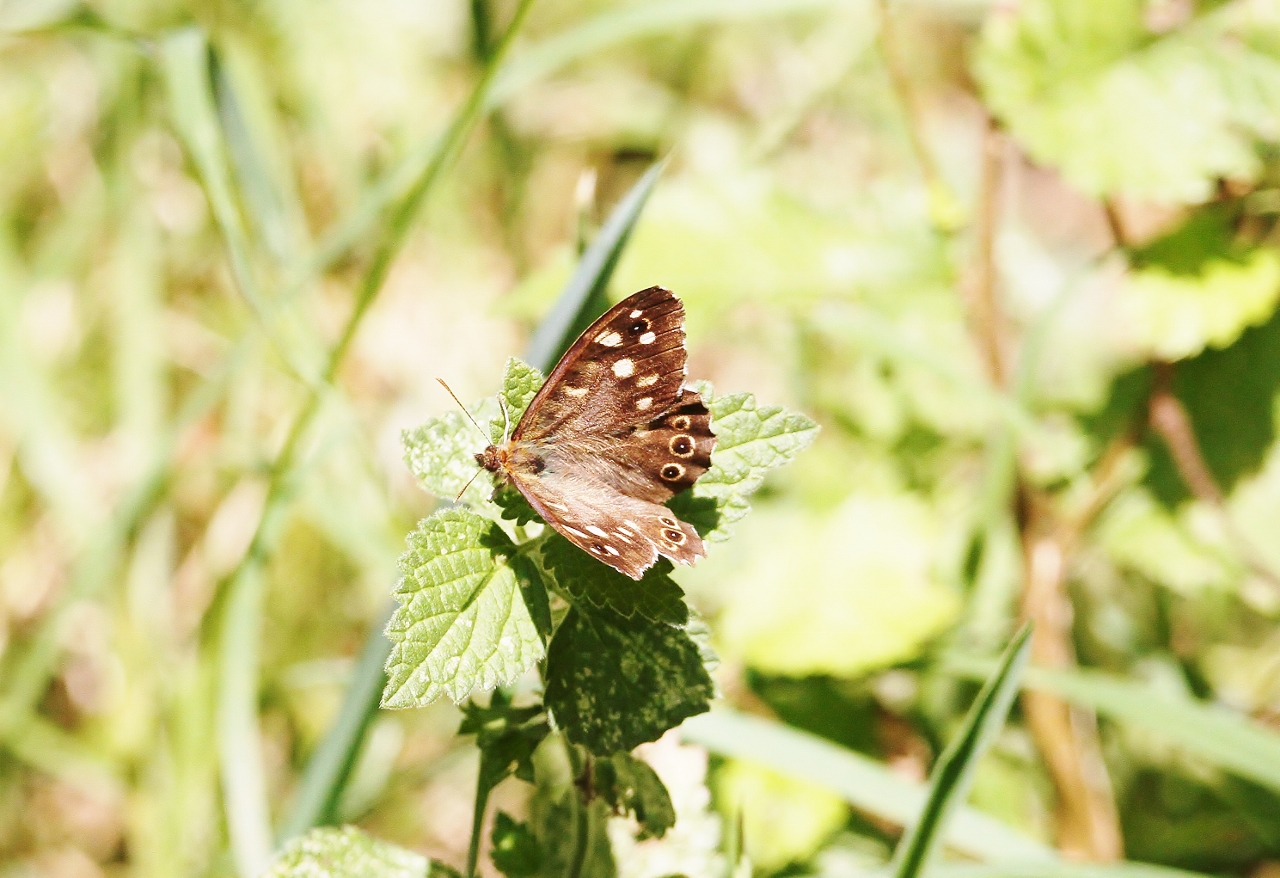
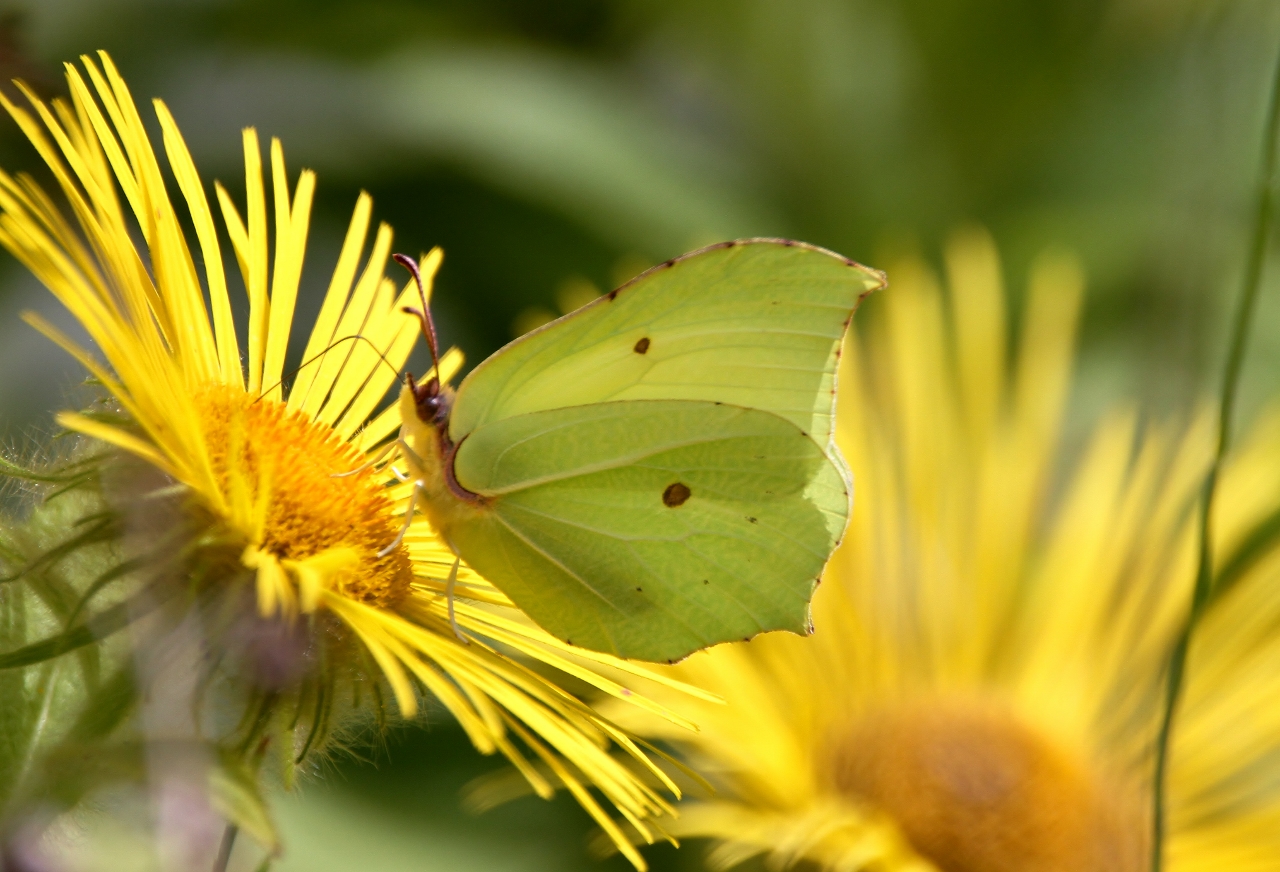
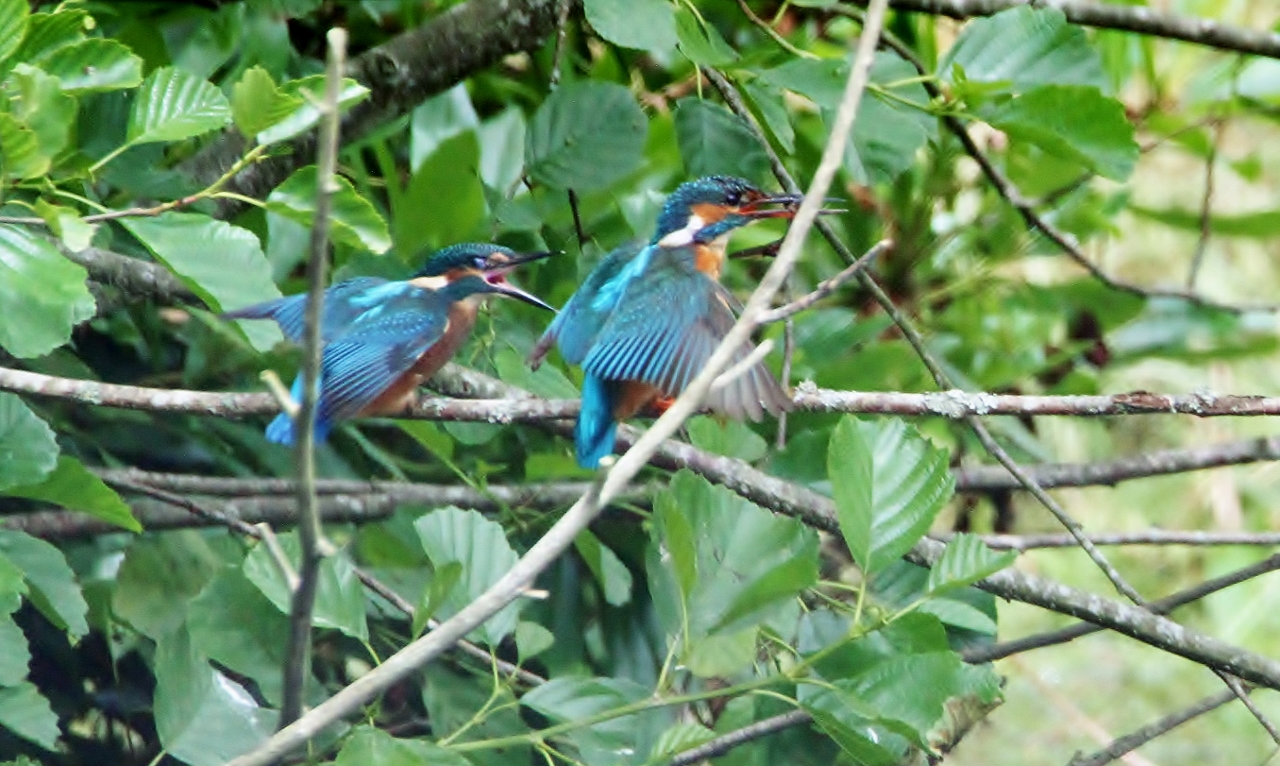

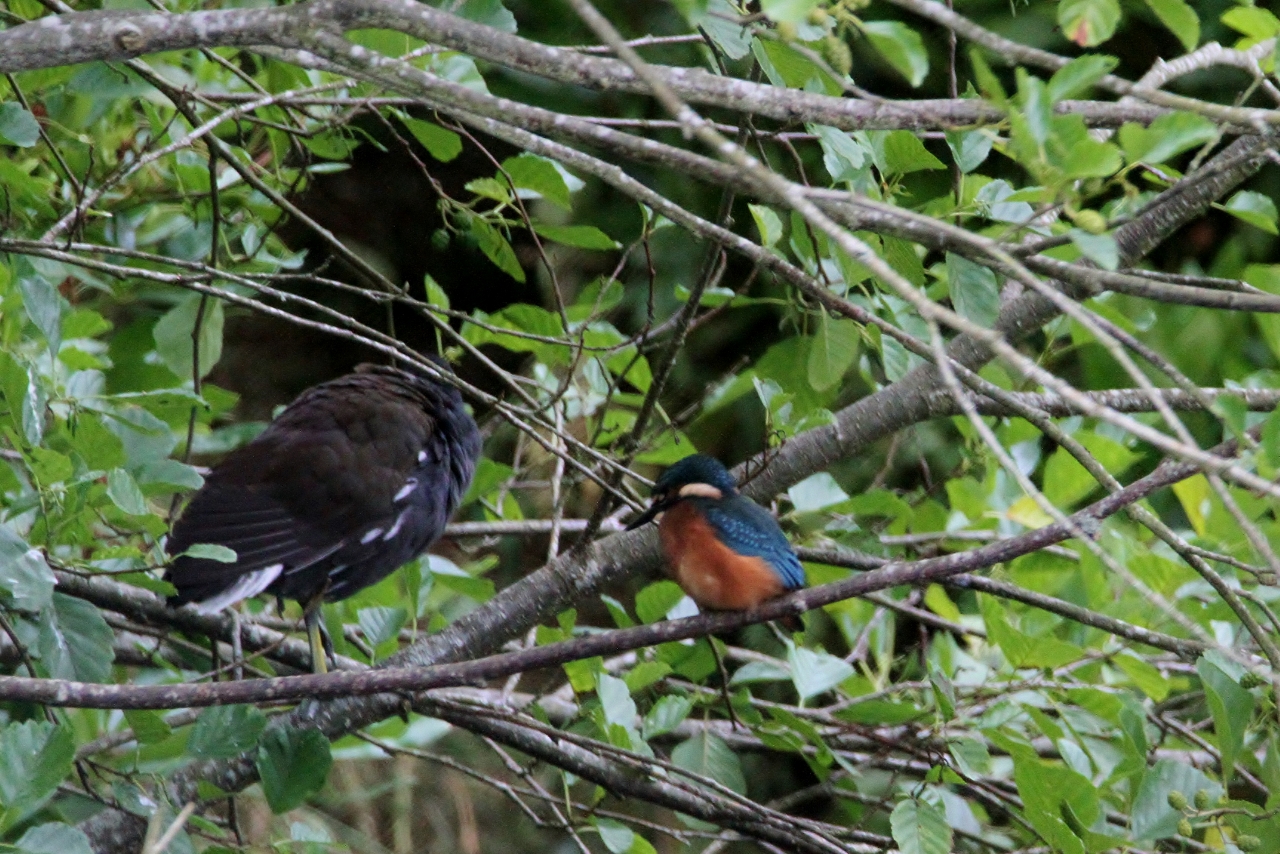
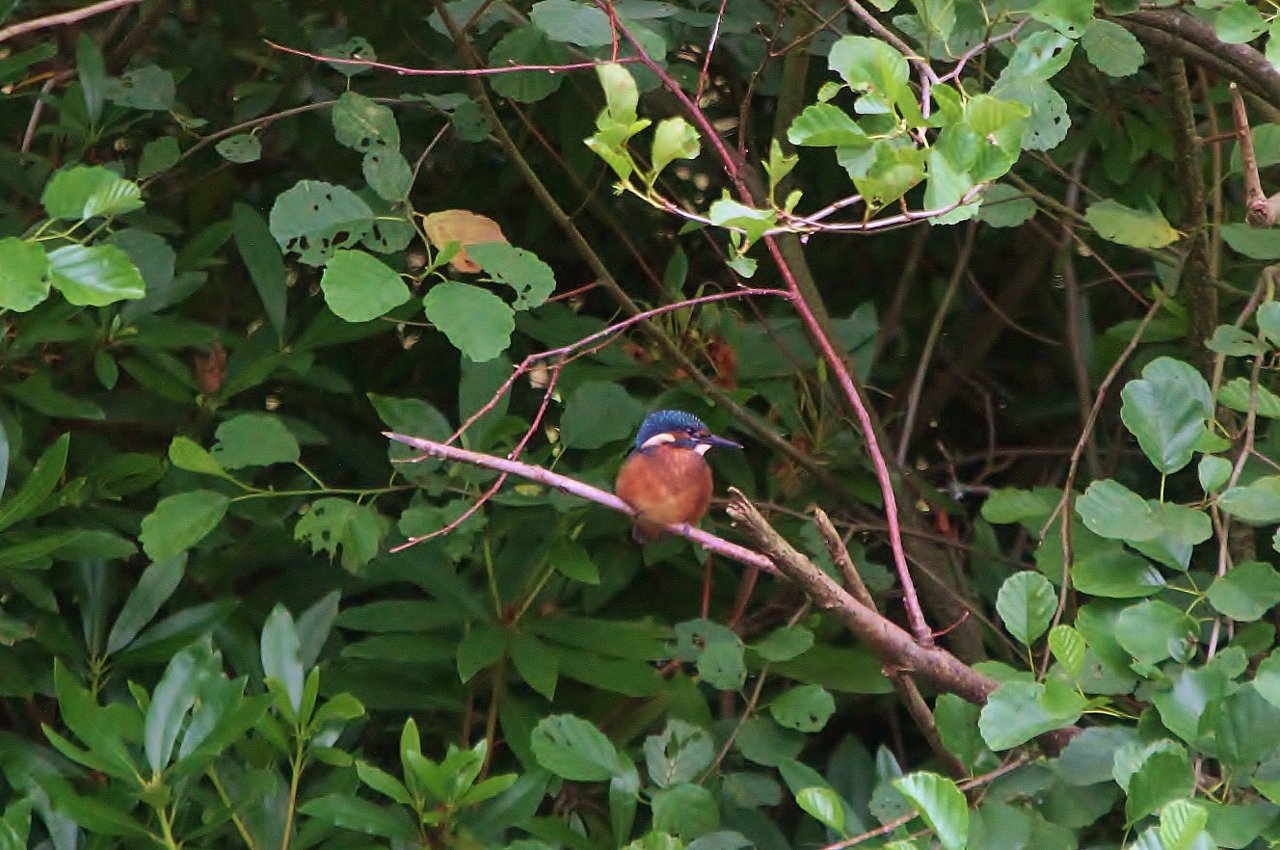
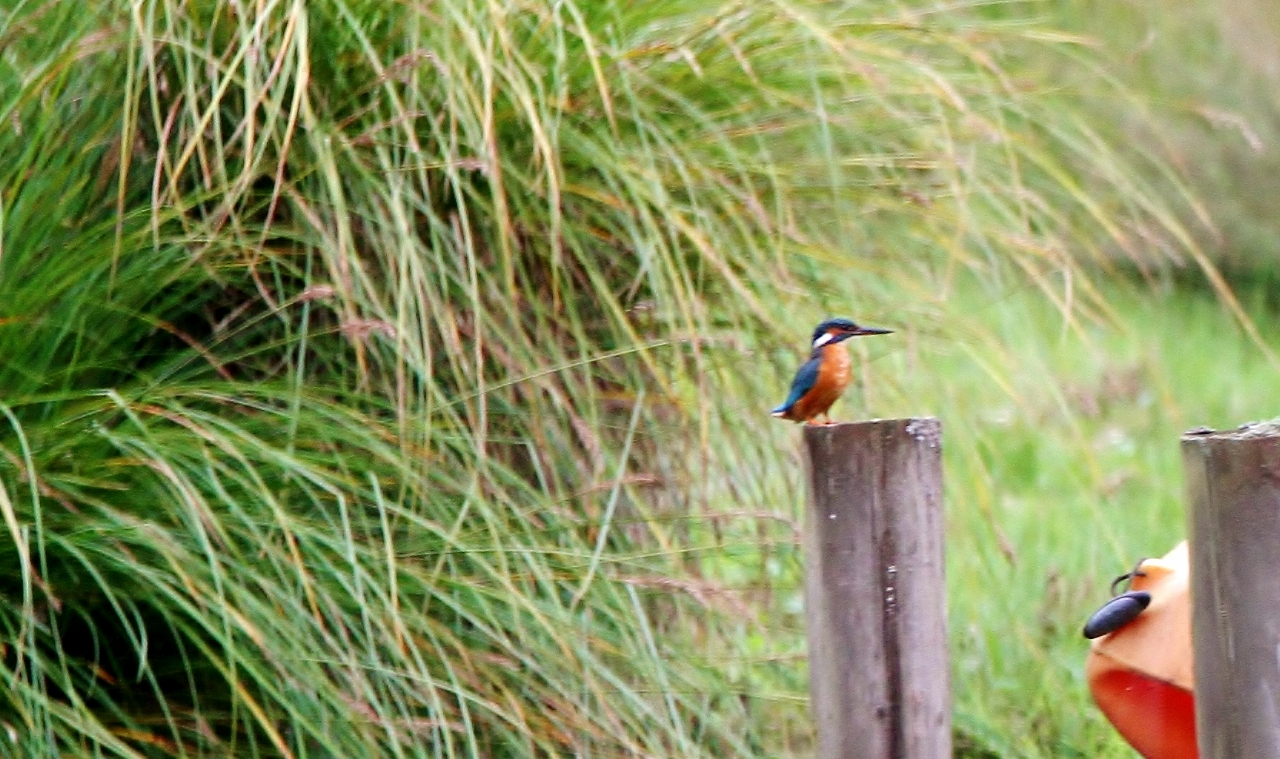
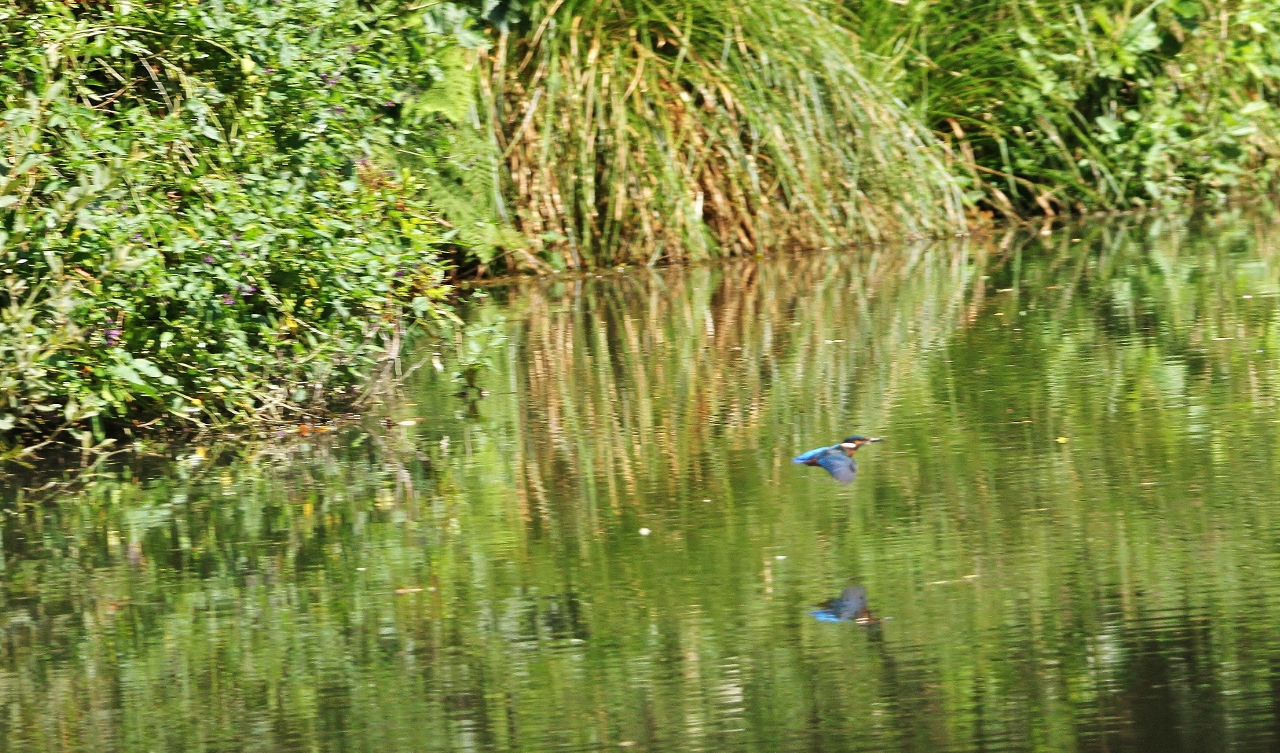








James Sellen
August 15, 2016 at 11:31 pm
Excellent report with some stunning photos.